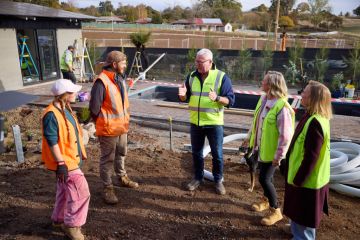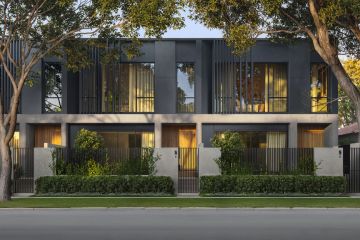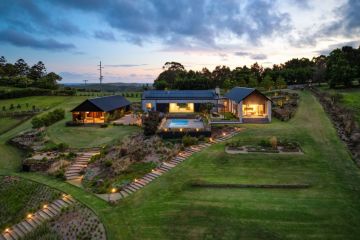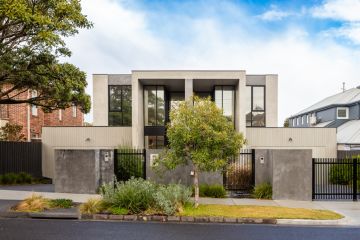Greater density on Canberra thoroughfares will reduce traffic impact: architect
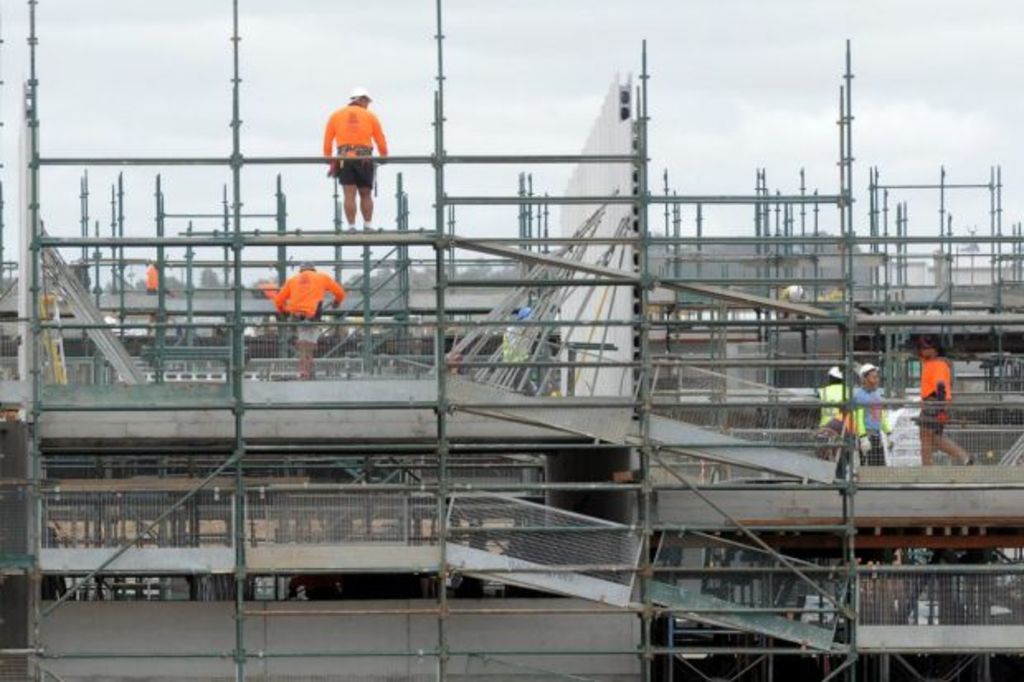
Tony Trobe continues his conversation with Canberra architect Dr Murray Coleman. This is the second part of a two-part column.
Normal
0
false
false
false
EN-AU
JA
X-NONE
/* Style Definitions */
table.MsoNormalTable
{mso-style-name:”Table Normal”;
mso-tstyle-rowband-size:0;
mso-tstyle-colband-size:0;
mso-style-noshow:yes;
mso-style-priority:99;
mso-style-parent:””;
mso-padding-alt:0cm 5.4pt 0cm 5.4pt;
mso-para-margin-top:0cm;
mso-para-margin-right:0cm;
mso-para-margin-bottom:8.0pt;
mso-para-margin-left:0cm;
line-height:107%;
mso-pagination:widow-orphan;
font-size:11.0pt;
font-family:Calibri;
mso-ascii-font-family:Calibri;
mso-ascii-theme-font:minor-latin;
mso-hansi-font-family:Calibri;
mso-hansi-theme-font:minor-latin;}
TT: Population density is a subject that brings out the naysayers, especially when development is proposed near their residence. A number of local architects have promoted increased density with a variety of approaches, but none have been taken up by the authorities.
MC: Yes, as soon as developments are proposed near our house we suddenly become activists: a former chief minister famously stated we are a city of 300,000 planners! As a practical densification proposal, one prominent Canberra architect with international credentials has proposed that all our tree-lined avenues be built up with multi-unit residences, on the basis that this is how avenues around the world have been developed, especially historically recognised avenues developed in the era of Walter Burley Griffin. Traffic generated by these developments flows straight into the main avenue and doesn’t choke up the back streets, a typical concern of the naysayers.
TT: So your argument is basically that increasing density along major roads and near shops reduces the traffic impact and increases social connections?
MC: Yes, the ACT government published an excellent study on population density in 2011 that outlined the concerns and opportunities but did not provide a structural framework to guide future planning. I would like to put some arguments in favour of increased density in the inner suburbs, while recognising that the character of these suburbs has always been changing.
TT: Can you substantiate your claim that the character of the inner suburbs has always been changing?
MC: Yes, in three ways. The inner suburbs began as sheep paddocks, with a little opium grown in Downer. Our beautiful street trees were not always there! And children were born, grew up and left home: we are experiencing empty suburb syndrome. Shops close and a downward spiral of reduced bus patronage results in reduced services. We could comfortably increase population densities to 20 per cent more than in 1965 and reap the social benefits.
TT: You have made a suggestion for increasing densities in a mathematical sense, but how does this happen practically?
MC: The key obstacle is our innate aversion to change. A common argument against more and larger apartments in inner suburbs relates to a feared increase in traffic and reduced safety. But most of the increase is through traffic, people from outer suburbs finding a clearer run into the city or school drop-off. On a recent trip to Melbourne I was amazed that so many apartment car parks were permanently less than half full: the apartment dwellers and their families are walking and tramming but rarely driving! Another common concern is that city living is not family friendly. Yet we have excellent schools, a wide range of recreational opportunities in the inner suburbs and there are new opportunities in the languishing City to the Lake project. So much to do within easy walking or light rail distance. Increasing urban density using townhouses and apartments can utilise existing infrastructure and add to the social fabric, safety and viability of our city through the life-giving presence of people.
Tony Trobe is director of the local practice TT Architecture. Is there a planning or design issue in Canberra you’d like to discuss? Email tonytrobe@ttarchitecture.com.au.
We thought you might like
States
Capital Cities
Capital Cities - Rentals
Popular Areas
Allhomes
More
